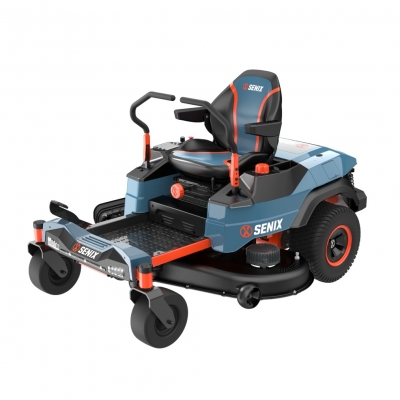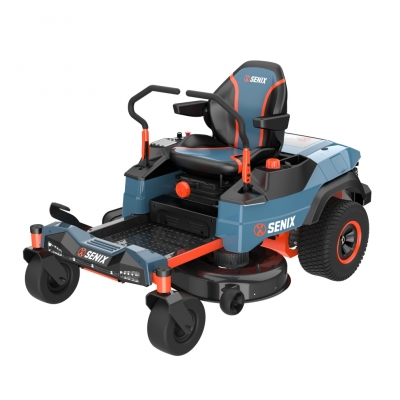Hammer Drill vs. Impact Driver: What's the Real Difference?
Picture this: You're staring at a brick wall that needs an anchor, or dealing with a 6-inch lag bolt that won't budge. You grab a tool, fire it up—and boom, the drill smokes, the screw tape snaps, or worse... breaks. Sound familiar? These seemingly similar power tools differ dramatically when it comes to specific applications. So let's put aside the hype and have an honest chat about what hammer drills and impact drivers can actually do—and which one you really need.
In plain English:
Hammer Drill = drills through hard stuff.
Impact Driver = drives long screws and bolts.
That's the seven-word core. Everything else is details—and those details matter a lot when you're deep into a job.
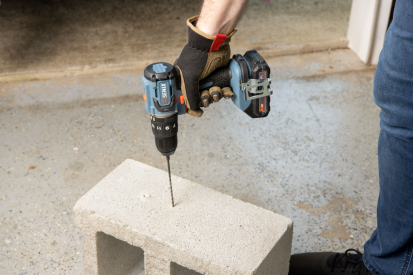
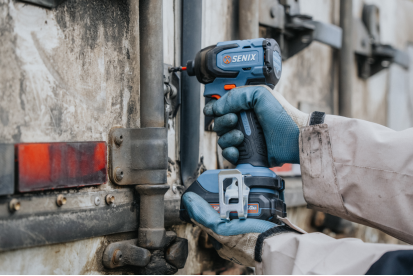
Under the Hood: How They Actually Work
The hammer drill is built for brute forward force. Imagine a tiny jackhammer that also spins—inside, a spring-loaded piston hammers the chuck forward 20,000 times a minute while the bit rotates. That rhythmic “thud-thud-thud” is what lets it pulverize concrete, brick, and masonry. Flip off hammer mode, and it becomes a regular drill with straight rotation.
Now contrast that with the impact driver, a machine fueled by rotational bursts. It doesn't hammer forward—it twists like a fist fight in slow motion. Two internal hammers rapidly strike an anvil, delivering up to 3,000 tiny torque explosions per minute. You'll hear a fast “brrrrt-brrrrt” when the going gets tough. That sudden, high-torque action is what sinks long screws and breaks loose corroded bolts like a pro.
Who Wins Where? Real-World Showdowns
Need to drill a hole in brick? Don't even try it with an impact driver—it'll fail fast. A hammer drill, on the other hand, will chew through it like butter. But flip the task: driving a 6-inch lag bolt into pressure-treated wood. The hammer drill's torque will stall, and the clutch might slip. That's where the impact driver takes over, driving long fasteners without hesitation.
Mixing mortar with a paddle bit? Go with the hammer drill—it can spin slowly and steadily without snapping the shaft. Removing rusted, frozen bolts? The impact driver is your best friend; those fast rotational bursts break corrosion bonds where regular torque fails.
Even lighter-duty work, like drywall, shows the split. A hammer drill is clunky and prone to over-driving screws. The compact, well-balanced impact driver is way better suited, offering control and torque without the muscle fatigue.
Crucial Mistakes People Still Make
A common fail? Using an impact driver on masonry. Don't do it. Masonry bits need forward impact to crack concrete's surface—rotational force alone just creates friction heat, wrecking bits in minutes.
Likewise, using a hammer drill to drive big screws? You'll either strip the heads or shear them off. Constant rotation lacks the on-demand torque control you get with an impact driver.
And here's one that stings: disabling your drill's clutch. That little clicky feature? It exists to prevent overdriving screws and splitting wood. Disable it, and you're asking for trouble.
Smart Buying Strategy—Without Spending a Fortune
If you're a DIYer on a budget, the impact driver should be your first pick. It handles 80% of framing, cabinetry, decking, and basic furniture builds. As for concrete jobs? Rent a hammer drill for a weekend, or buy a budget model with rotary hammer function if you occasionally drill into brick or stone.
Professionals, though, shouldn't compromise—own both. Use the hammer drill exclusively for masonry and materials with high compressive strength, and let the impact driver handle structural fastening with speed and finesse.
Quick tip: stick to one battery platform (like 18V or 20V Max) across both tools. Sharing batteries saves money and weight in the toolbox.
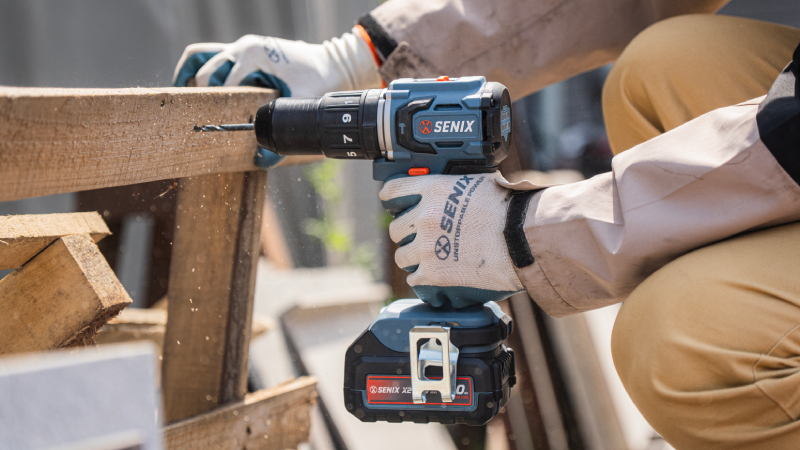
When to Use Both
Let's say you're building a backyard deck anchored to concrete footings. You'll need both tools in full force: use the hammer drill to bore half-inch holes for anchors, then switch to the impact driver to drive the lag bolts into the ledger board. That's the ultimate one-two punch—precision from the drill, power from the driver.
So, Which One Do You Need?
If your workshop is all wood, drywall, and screws—you can skip the hammer drill for now. But if concrete, tile backer, or masonry are part of your plans, it's worth the investment.
To put it simply:
Hammer drills conquer materials that fight back with density.
Impact drivers dominate jobs that fight back with resistance.
Master both, and you're not just using tools—you're commanding physics.
Bottom Line
With the right knowledge and a little practice, both hammer drills and impact drivers can become an extension of your instincts. Grab the right one, and every hole is cleaner, every screw tighter, and every job just that much more satisfying.

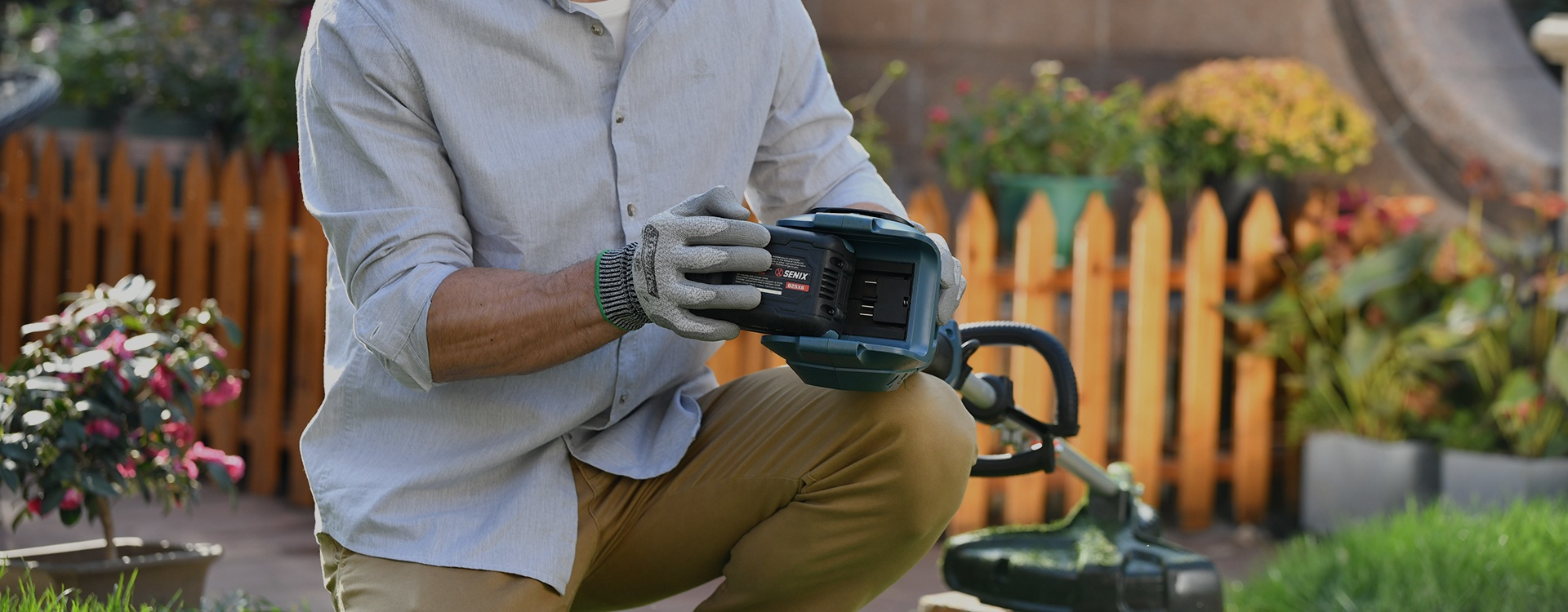
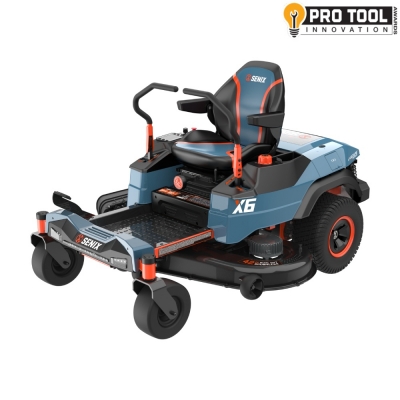
 (5.0)
(5.0)